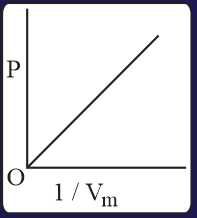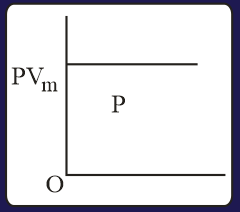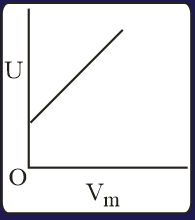MEDIUM
Earn 100
The magnitude of reversible work done by an ideal gas in four different processes: isothermal expansion, adiabatic expansion, constant pressure expansion, and free expansion are , and respectively. Choose the right order of sequence for the magnitude of the work done. (Change in the volume is same for all the processes.)
(a)
(b)
(c)
(d)
50% studentsanswered this correctly
Important Questions on Thermodynamics
HARD
EASY
MEDIUM
MEDIUM
[ Use ]
HARD
MEDIUM
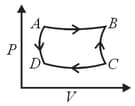
and are isothermal processes while and are adiabatic processes. The same cycle in the temperature - entropy plane is :
HARD
MEDIUM
(Round off to the Nearest Integer)
[Use :
[Assume volume of is much smaller than volume of . Assume treated as an ideal gas]
EASY
MEDIUM
The magnitude of work done by a gas that undergoes a reversible expansion along the path shown in the figure is _________.
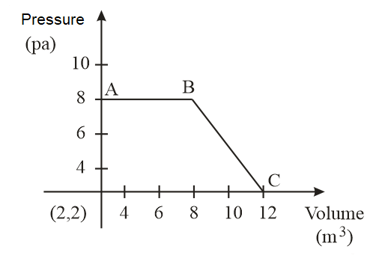
MEDIUM
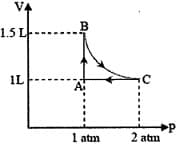
EASY
EASY
HARD
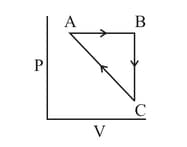
Heat absorbed by the system during process is
HARD
At of iron reacts with to form . The evolved hydrogen gas expands against a constant pressure of . The work done by the gas during this expansion is -_______ .
(Round off to the Nearest Integer)
[Given : . Assume, hydrogen is an ideal gas]
[Atomic mass off Fe is ]
HARD
EASY
EASY
Under the isothermal condition, a gas at expands from to against a constant external pressure of bar. The work done by the gas is
(Given that bar)
HARD
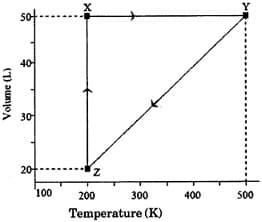
The pressure of the gas (in atm) at and respectively, are
MEDIUM
The combination of plots which does not represent isothermal expansion of an ideal gas is
